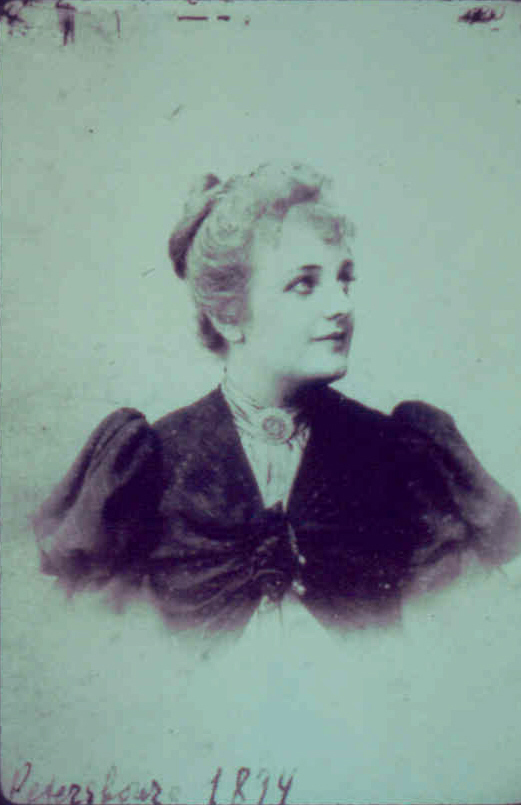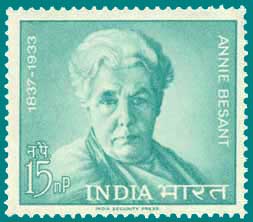Under the above heading Boris de Zirkoff wrote in the Sept-Oct 1948 issue of his magazine,
Theosophia:
The imperative need in the present Theosophical Movement is for a broad, all-encompassing, genuine and sincere spirit of universality. Upon this corner-stone of good-will and brotherliness should be erected a structure of enduring worth, in which a free give-and-take of ideas and plans, of ideals and methods would bind all parts of the now disunited Movement into one network of correlated endeavor and mutual helpfulness. Wherever a spirit of narrow sectarianism predominates, the Movement ceases to be Theosophical, whatever else it may be. Wherever aloofness, suspicion, intolerance, and arrogant self-righteousness prevail, then and there the spirit of the Masters and of H.P. Blavatsky is replaced—probably in ignorance or in foolishness—by a “theosophical” modification of churchism, wherein the exclusiveness of a small coterie parades under the peacock-feathers of a vaunted superiority over others. This trend is definitely out of season and out of line in a world which, even apart from the Theosophical Movement, is attempting to build a global civilization to replace the smouldering wrecks of nationalistic nightmares.
His words seem to have gone unheeded. From his arrival at Point Loma, California, in the 1920s as a young Russian émigré, to his death in 1981, Boris de Zirkoff devoted his life to the publication of a uniform edition of HPB’s then out-of-print magazine and journal output. Almost 1000 pieces were collected and published in the 14 volumes of the
H.P. Blavatsky Collected Writings series. De Zirkoff also collected all the available letters of Blavatsky, arranging them chronologically and retranslating several. After his death the project was taken over by John Cooper of Australia, and, after his sudden death, by John Algeo, who in 2004 was able to bring out the material collected by de Zirkoff for the first volume of
The Letters of H.P. Blavatsky.
One would think Theosophists would be jubilant at the prospect of the
Blavatsky Collected Writings series nearing completion. But there were those who found the inclusion of this or that letter not to their liking, as it did not agree with their image of Blavatsky, and took the opportunity to cast aspersions on the motives of Dr. Algeo, his editorial committee, the publisher, and the Theosophical Society (Adyar), and by implication, Boris de Zorkoff and John Cooper, who had intended to publish the same material.
There was a letter from 1872 that had been translated from the Russian in
Theosophical History in 1995 that was not liked, even though Dr. Algeo had prefaced it with the disclaimer: “The genuineness of this letter has been questioned by a number of researchers.” There were letters that these critics incorrectly referred to as the Solovyov letters (they were actually letters from Blavatsky to Alexander Aksakov). But what about letter 121 in this volume, where Blavatsky writes to her aunt in 1878: “I was almost in California with K*** and Olcott.” No such trip is known to have occurred at that time, when her whereabouts are mapped with day-to-day precision. This letter would show her to be a fabricator, if it is from her; and no worse than the ones critics of the book complained about. Perhaps it also is a forgery?
But here lies the inherent danger of censorship: where does it stop, when an individual or individuals decide that they are right and everyone else who thinks differently wrong? It can only end with the fatwā, the auto-da-fé, the banning of books, and the justification of ethic cleansing. Once Theosophists start using the language of hate, then they have nothing new to offer the world, for they have degenerated into just another sect and set up hard-and-fast dogmas of their own.
No one is denying the right of individuals to critique this, that or any other thing, for as HPB says in Isis
Unveiled: “It is not alone for the esoteric philosophy that we fight, nor any modern system of moral philosophy, but for the inalienable right of private judgment,” but this right must be extended to others with the realization that there are those who see things differently. This was the thing that made Theosophy unique in the history of religions and philosophies: the ability to hold different views and disagree and yet rise above such disagreement to work for a common goal. If the Mahatmas can write: “
It is an every day occurrence to find students belonging to different schools of occult thought sitting side by side at the feet of the same Guru,” why can’t Theosophists try to emulate this?
Dr. Algeo has expanded his editorial committee to include Leslie Price, Joscelyn Godwin, John Patrick Deveney, and Michael Gomes, among others. If these people, whose work has done so much to bring about a greater recognition of Blavatsky, are also attacked because of their connection with this project, then it will be clear that it is not really about defending Blavatsky but about building up one’s reputation at the expense of others.
As William Quan Judge noted:
Members of the Theosophical Society have been known to burn with a passionate longing to act as agents for Karma, forgetting that the sword of the Executioner is a two-edged sword; forgetting also that they do not know Karma, and are held responsible by Karma for the mischief they will inevitably work. The absurdity of such an attitude of mind does not deprive it of a certain pathetic aspect. See these people, impure themselves, thinking they can either forcibly purify the world or can legitimately punish others for their impurity! The pathetic aspect comes in when they are so deluded as to call the proceeding “self-sacrifice.” It would be real self-sacrifice for such people to sit still and attend to their immediate duty.






